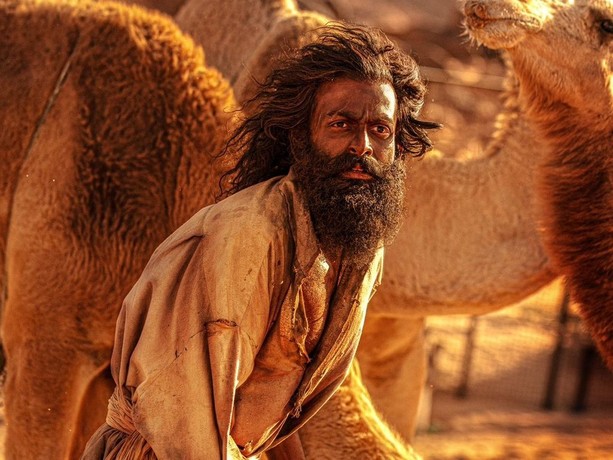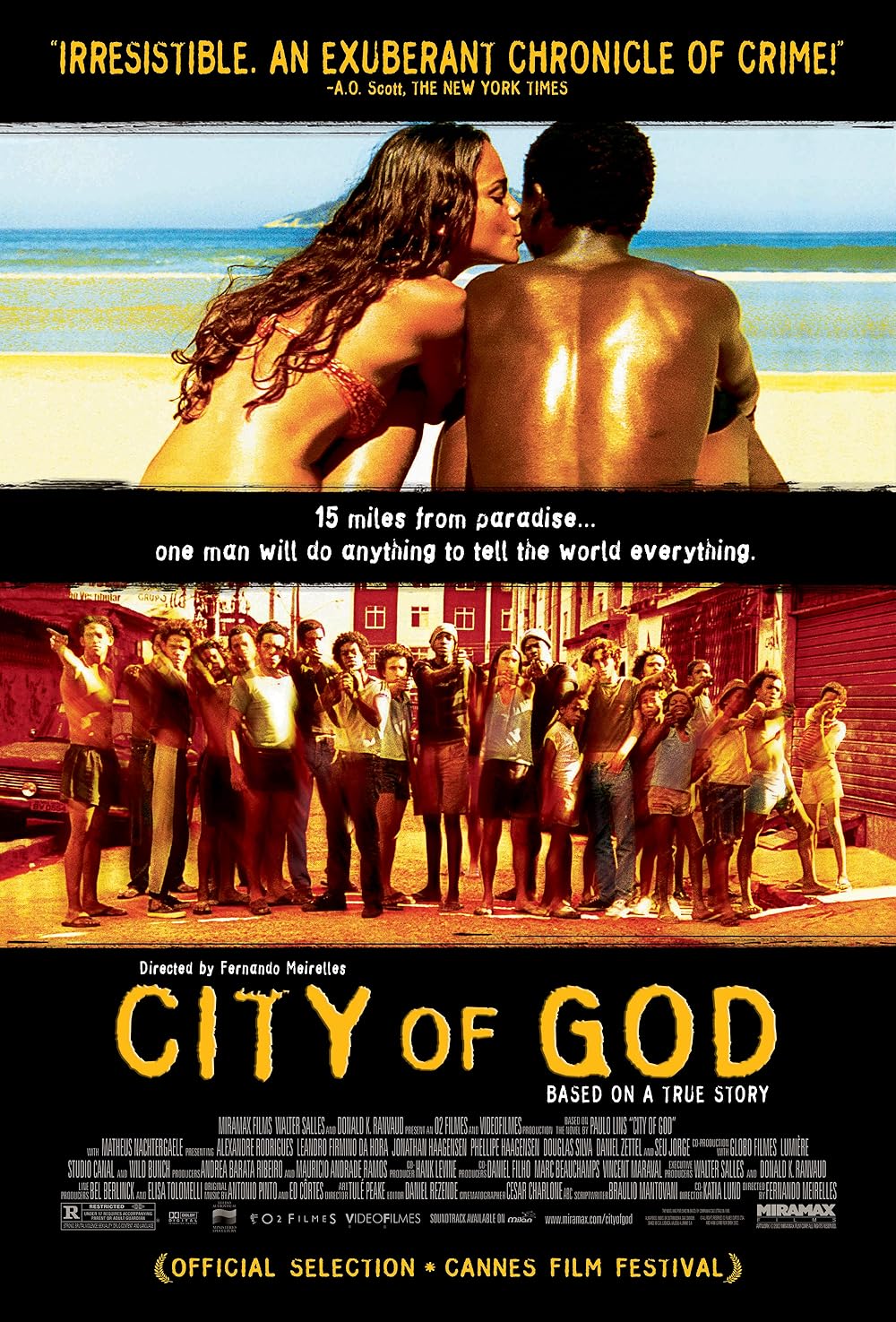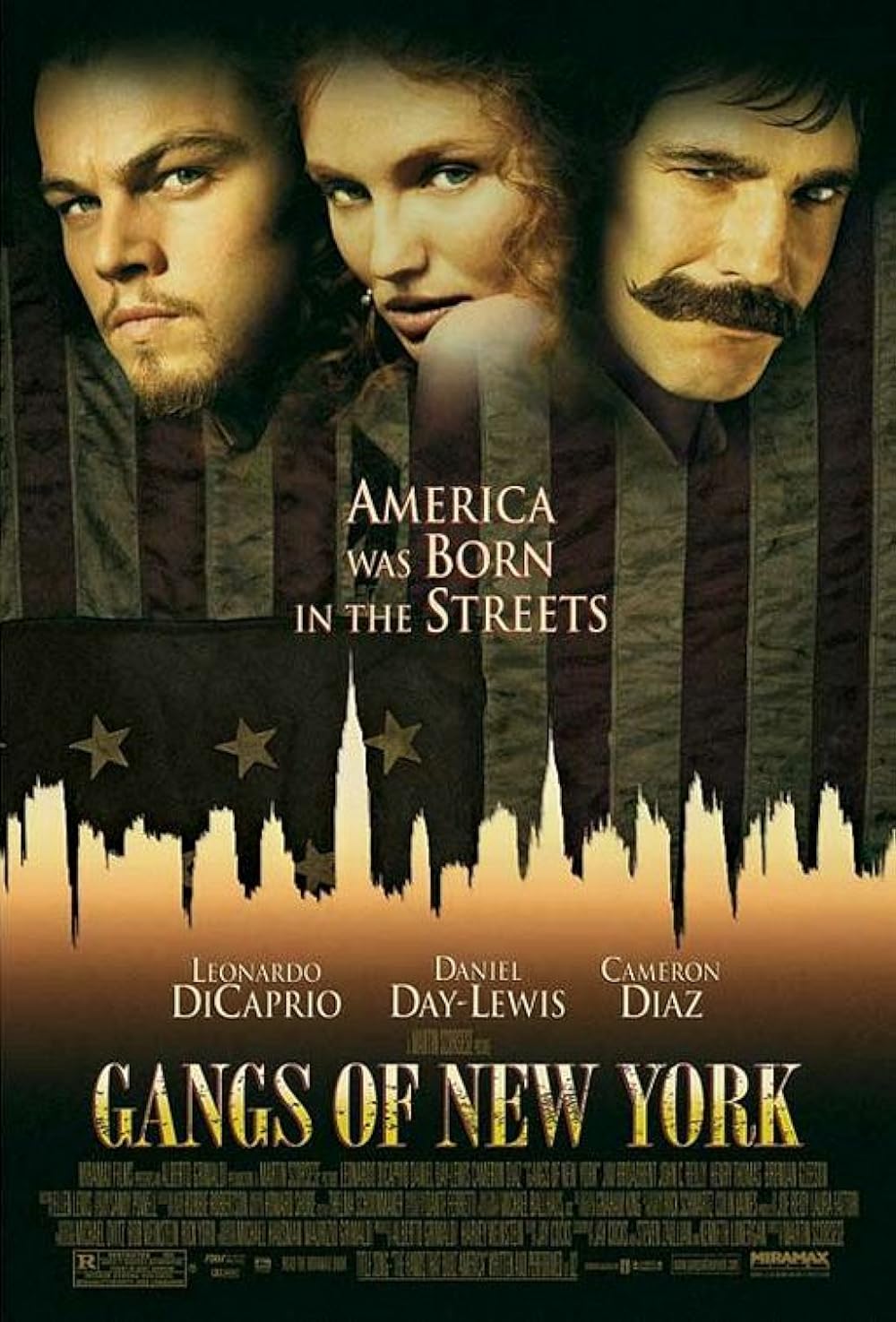From collectibles to cultural statements when it comes to digital art in the age of non-fungible tokens 2.0
When non-fungible tokens (NFTs) first appeared on the digital landscape, the headlines were filled with prices that were out of this world and celebrity endorsements. A pixelated punk that was auctioned for millions of dollars. The artwork of Beeple was sold at Christie’s for a total of $69 million. And all of a sudden, everyone from artists to those who created memes requested entry. However, after the excitement subsided, the true metamorphosis started to take place.
At this point, the emphasis is moving in what many people are referring to as NFTs 2.0. Now that they are no longer only collections or speculation, non-fungible tokens are evolving into a real canvas for the expression of cultural, political, and artistic ideas. There has been a transition into a new age for digital art, one in which the blockchain is not just a marketplace but also a medium.
The question is, what does this change imply for artists, collectors, and the entire concept of what art may be in a society when everything is becoming digital?
The Initial Wave: Headlines, Hype, and HODL in the Market
When they were first introduced, NFTs were like a rush of gold. Verifiable ownership of digital information was made possible by the technology, which consisted of non-fungible tokens that were held on the blockchain network. All of a sudden, there was a feeling of scarcity over work that could be replicated indefinitely on the internet. Individuals began to collect JPEGs in the same manner as rare coins.
However, novelty was the driving force behind this first wave. Collections of generative art, CryptoPunks, and Bored Apes were the dominant elements in the scene. It was seen by some as the democratization of the art world. A number of people disregarded it as a bubble that was about to burst. Regardless, the excitement was indisputable, and it resulted in a plethora of new makers and collectors entering the digital arena.
However, fractures started to develop over time. The prices were quite volatile. It was a negative experience because of scams and rug pulls. Additionally, many people questioned the artistic worth as well as the influence that what they were witnessing had on the environment.
At that point, a change started to take place.
Above and beyond speculation, NFTs 2.0
Beyond the year 2024, the discussion over NFTs has reached a more mature stage. There is no hype associated with this second wave; rather, it is about purpose. Artists are now adopting blockchain technology not just as a means of making sales, but also as a means of creating, curating, and communicating with one another. One can no longer consider the NFT to be only a certificate of ownership. That is an element of the narrative.
An increasing number of artists are incorporating social commentary into their work by using smart contracts to alter graphics over time in response to various factors, like as user engagement, climatic data, or social news. With the use of augmented reality, virtual reality, or artificial intelligence, some people are developing interactive experiences in which the spectator is a part of the piece.
And those who collect? Speculators are no longer the only thing they are. People are increasingly becoming patrons, curators, and players in the culture of digital media. The concept of ownership encompasses more than simply the right to boast; it also entails providing support to ideas, movements, and artists that have a purpose.
Real Impact, Created on Digital Canvases
This new generation of digital art is tackling the same topics that have characterized conventional art for centuries: identity, resistance, beauty, death, and rebirth. These themes are being expressed via digital art. It is only today that the canvas is limitless, and the audience is all around the world.
Through the use of non-traditional forms of expression (NFTs), artists from marginalized populations are able to circumvent galleries and communicate directly with collectors. Creators from indigenous communities are using blockchain technology to record cultural narratives, so guaranteeing that these narratives are maintained and controlled by the people who developed them. For the purpose of funding demonstrations, social justice campaigns, or environment projects, activist artists are organizing non-fungible token drops.
There is also participation from museums and other institutions, who are not only selling non-fungible tokens (NFTs), but also commissioning them, preserving them, and investigating how blockchain art fits into the history of art. What was previously considered little more than a passing online trend is now making its way into the corridors of cultural respectability.
The power of code, ownership, and permanence are all discussed.
NFTs are based on a revolutionary concept: art that is self-sufficient, that develops over time, or that does not ever vanish. By encoding royalties directly into their work, artists are able to ensure that they are paid not just once, but each and every time their work is resold. This is made possible by blockchain technology. In a world where artists often benefit little from the increasing value of their products, this represents a seismic change in the global economy.
Additionally, smart contracts are making it possible for artwork to respond to its surroundings. It’s possible that a component may change colors dependent on the weather data, or that it will unlock additional images on certain days. Some non-fungible tokens (NFTs) include concealed layers that can only be revealed by the owner. This is a contemporary take on the secret messages included in Renaissance artworks.
Digital art is given a new dimension by virtue of its permanence and its potential to be programmed. It has defrosted with the passage of time. It is alive. It is able to. And in other instances, it is destroyed; for example, some artists are experimenting with non-fungible tokens (NFTs) that burn themselves after a certain amount of time, which raises problems about the legacy and the transience of digital art.
The Increasing Popularity of Community Art and Curated Spaces
The necessity for curation is increasing in tandem with the expansion of the NFT sector. In the process of transitioning from open markets to curated digital galleries, platforms are beginning to put greater emphasis on quality, theme, and story. More and more artists are working together. DAOs, which stand for decentralized autonomous organizations, are being formed by collectors in order to invest in and vote on creative direction.
These communities are not only producing works of art but also establishing new cultural movements. Imagine if a group of artists from all around the world collaborated to produce a synchronized NFT series that investigates mental health and that the revenues from the series were used to support access to treatment. Alternatively, a gallery that is only present in the metaverse and is constructed and operated by its customers.
The concept of NFTs 2.0 encompasses more than just art pieces; rather, it is about collective cultural expression that is molded and owned by the individuals who think so.
In the Future: Obstacles to Overcome and Opportunities to Seize
NFTs in the field of art have a promising future, but they will not be without challenges. Even though many platforms are transitioning to more environmentally friendly blockchains, environmental problems continue to persist. There is also the problem of accessibility; the production and collection of NFTs still need a certain degree of technical competence and financial commitment, which prevents many people from participating.
This discourse will also continue to include topics such as copyright, regulation, and frauds. However, in the same way that early internet art was met with criticism and bewilderment, digital art via NFTs is now establishing itself. What is new today is that artists are taking the initiative, regaining control from platforms and galleries, and use blockchain technology as a tool for empowerment rather than merely for commerce.
Concluding Remarks: An Emerging Language for the Arts
The debut of NFTs 2.0 marks a significant turning point, not just for digital art but also for art in general. These works are becoming a part of a global debate that is alive and breathing despite the fact that they are no longer defined by pixels or price tags. They pose significant questions, such as, “What exactly is ownership?” What exactly is permanence? Who determines the value of works of art?
NFTs are transforming into cultural statements, political instruments, and historical relics; this transformation is occurring in the hands of makers who are smart. Not just on the internet, but everywhere else as well, they are transforming the way in which we experience creation.
It is not possible to predict the future of art. On a chain is the item. Moreover, it is expressing a different type of truth.









